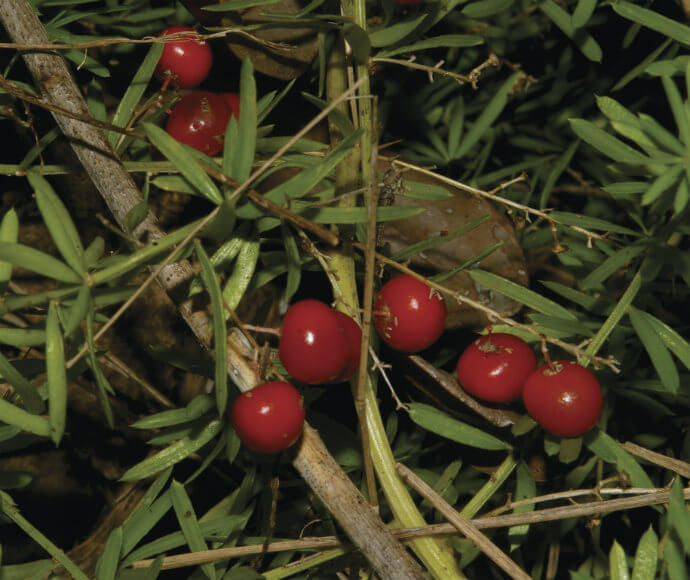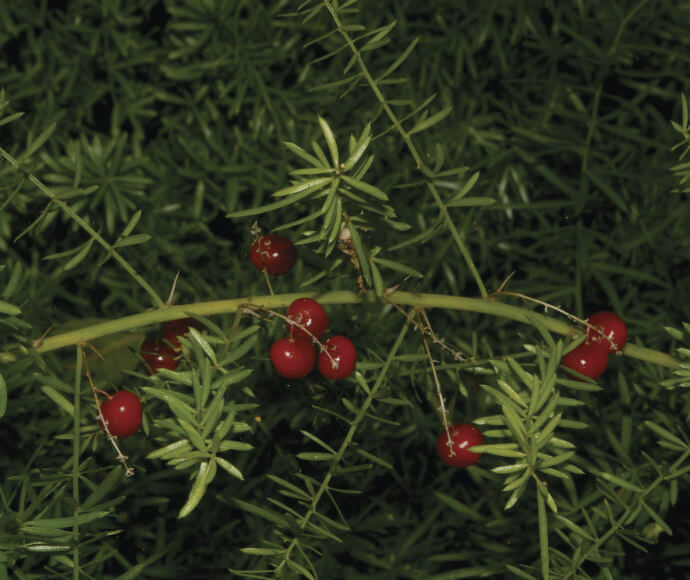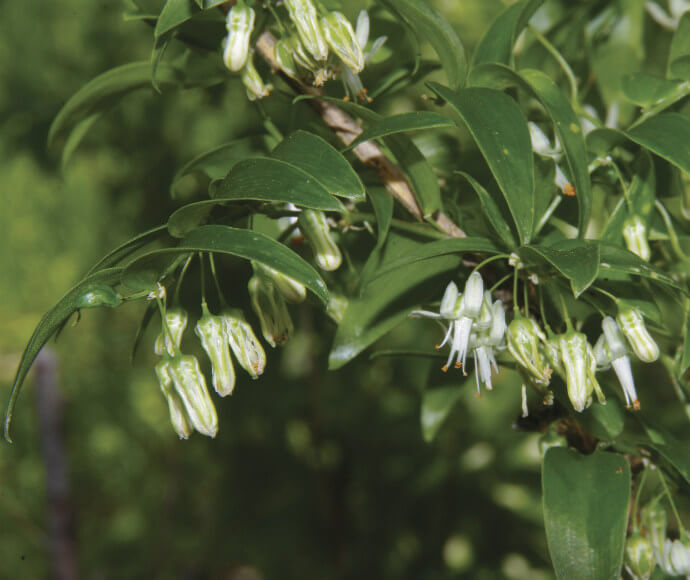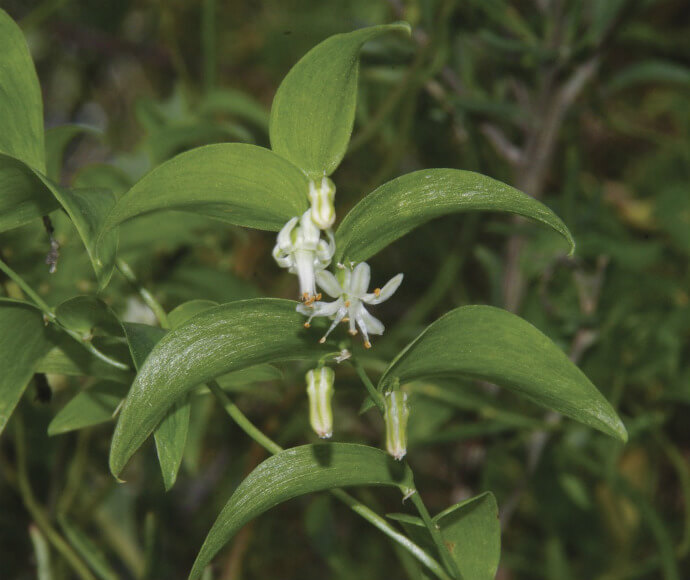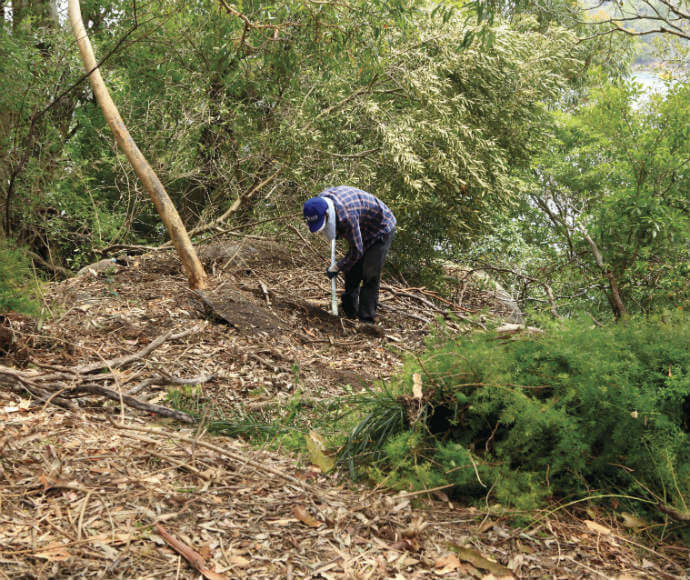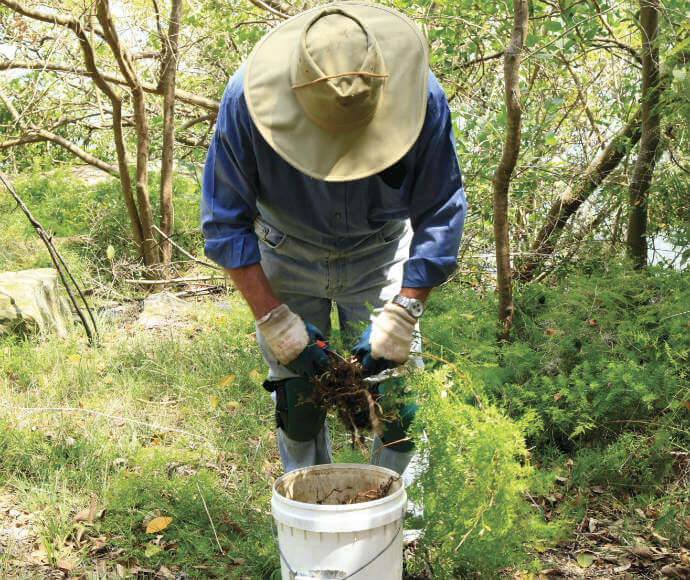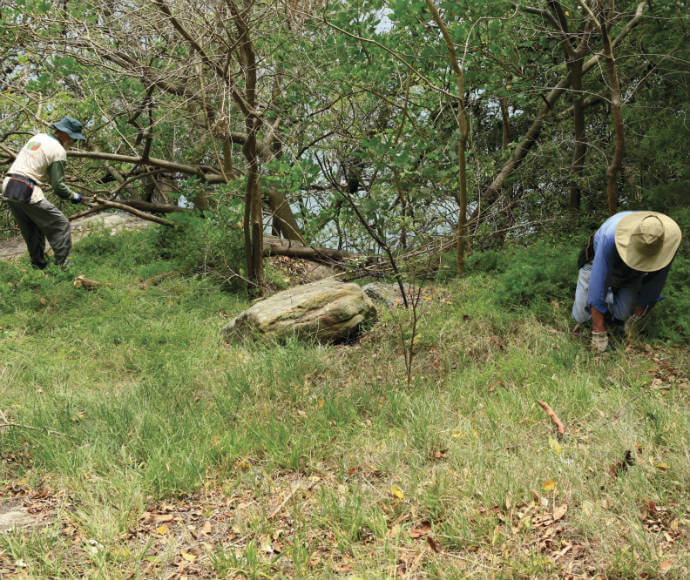Asparagus weeds are aggressive, vine-like plants that are highly invasive in subtropical and temperate bushland and coastal ecosystems of Australia.
Seven species of asparagus are recognised as Weeds of National Significance (WoNS), including:
- Asparagus aethiopicus or ground asparagus
- Asparagus africanus or climbing asparagus
- Asparagus plumosus or climbing asparagus fern
- Asparagus scandens or asparagus fern
- Asparagus declinatus or bridal veil
- Asparagus asparagoides or Western Cape form, Western Cape bridal creeper.
Why are asparagus weeds a problem?
The spread of asparagus weeds threatens Australia’s biodiversity, including endangered coastal and forest ecosystems. Exotic vines and scramblers, such as asparagus weeds, have significant adverse effects on biodiversity and their invasion and establishment is listed as a key threatening process in New South Wales.
Asparagus weeds grow quickly and produce dense thickets of foliage that smother native herbs and shrubs. They can form monocultures, displace native plants and alter native ecosystems. Below ground, asparagus weeds form extensive and often impenetrable root mats that impede the growth of native seedlings, ultimately leading to a loss of diversity. Root mats can persist long after plants have been killed and these mats continue to have detrimental impacts. New outbreaks should be a priority for control to ensure extensive root mats do not develop.
Managing asparagus weeds in New South Wales
There are 3 key documents that guide the management of asparagus weeds:
- Biodiversity priorities for widespread weeds – statewide framework
- Asparagus weeds management manual
- National strategic plan to guide management of asparagus weeds in Australia 2012–2017.
Managing asparagus weeds in our parks
Because asparagus weeds are so widespread, we have created the Asparagus weeds management manual to help the many groups of people managing the weed.
This manual provides information on biology, ecology and effective control of the 7 asparagus Weeds of National Significance and highlights other new and emerging asparagus weed threats. It also includes advice on planning, holistic management, restoration and monitoring, as well as case studies that provide real examples of the successes and challenges of asparagus weed control.
